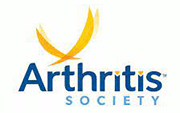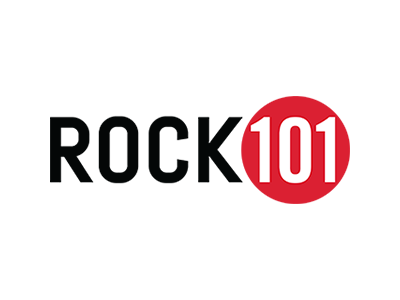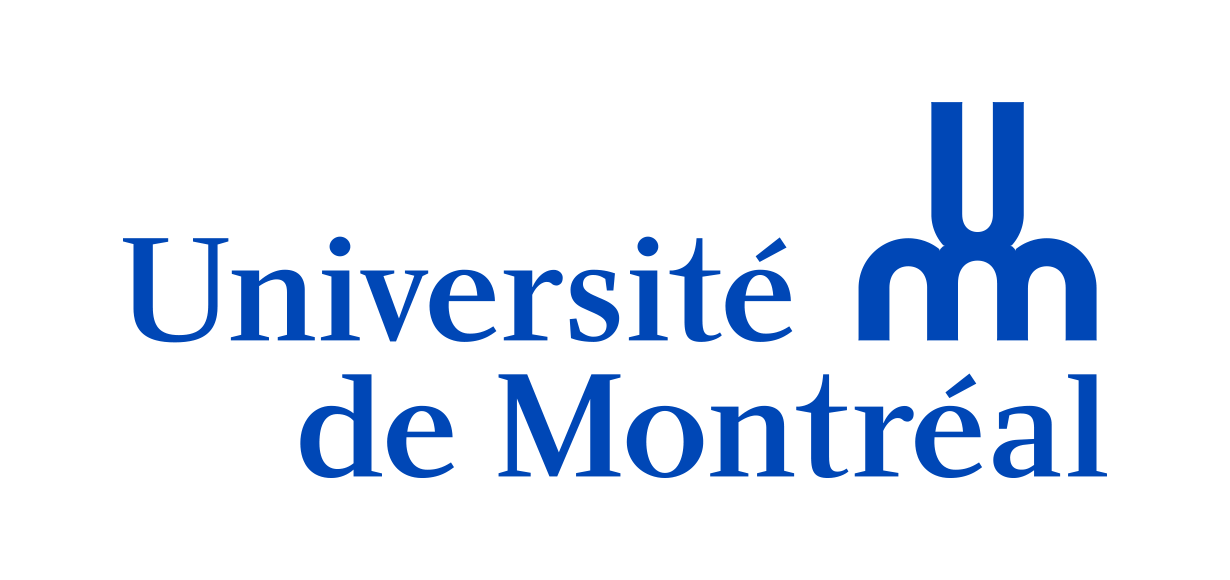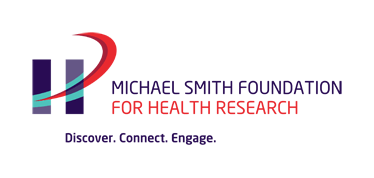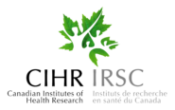Study Strives to Develop Shared Decision-Making Supports for Indigenous Patients Living with Rheumatoid Arthritis
An Arthritis Research Canada team in Calgary is conducting research to test a new approach in shared decision-making with Indigenous people living with rheumatoid arthritis.
The researchers are collaborating with Indigenous communities in Alberta to adapt decision aids, or tools that outline treatment options, to be more suitable for use, and testing if a new “decision coach” health care role results in patients living with arthritis being more comfortable with their treatment choices.
“The daily experience of Indigenous patients in the health system is one of racism, mistrust and stereotyping,” said Dr. Cheryl Barnabe, a rheumatologist and Senior Scientist at Arthritis Research Canada who is also a member of the Métis Nation of Alberta (now known as the Otipemisiwak Métis Government).
Barnabe stressed that medical appointments are short, and physicians often want patients to make treatment decisions on the spot to not only address disease activity rapidly, but also to be efficient in their practices and submit the prescription and monitoring lab requisitions at the time of the visit. She also said that people who have worked in the health system for 20-30 years often fail to realize how this approach can negatively impact Indigenous patients.
“We don’t want people with underlying mistrust in the medical system and professionals to feel rushed, or have us make choices for them, which is a colonial approach,” Barnabe said. “We need to give people time and space to understand what their options are,” she said.
The goal of this research is to build a safe care environment for Indigenous people with arthritis and provide autonomy and self-determination during the decision-making process.

Left to Right: Frank (patient), Dr. Cheryl Barnabe, Dr. Beto Loyola-Sanchez
Tailoring the Tool
Researchers and urban Indigenous patients living with arthritis from Calgary and the Siksika First Nation in southern Alberta worked together to adapt an existing decision aid endorsed by the Canadian Rheumatology Association. They removed stigmatizing images such as spilled pill bottles, which evoked addiction stereotypes, and replaced them with culturally appropriate images.
The wording was also updated to remove authoritative and colonial language. For example, “disease control” was changed to “stable disease.” The word “management” was removed.
The team updated the decision aid to promote a holistic approach that incorporates mental and emotional health, ceremony, cultural and language connections, and traditional Indigenous therapies.
“We want Indigenous patients to know that they don’t have to choose conventional medicine over traditional medicine,” Barnabe said. “We also want them to know that if they get advice from a healer, their rheumatologist isn’t going to say, ‘No, you can only take my treatment.’ We want people to access what works for them.”
The new decision aid also includes more information about cost coverage for the medications offered based on insurance plans because it strongly relates to community identity. Not everyone has private insurance and coverage can differ between Indigenous communities.
Guiding the Conversation
It’s not enough to simply give an Indigenous patient a written decision aid, according to Barnabe.
“People want a decision coach – someone who takes the time to walk them through treatment options using the decision aid,” she said. While the decision coach role doesn’t currently exist in the health system, Barnabe said it can be anyone – nurses, pharmacists, physiotherapists, psychologists or community members trained to present the treatment options and information.
“They don’t have to be health professionals,” Barnabe said. “They can be community health representatives or community members with rheumatoid arthritis who can be taught to walk people through the decision aid.”
Based on the results of the study, the next step will be to develop a plan for embedding this role in the health system. “We know shared decision-making works. This research is about how to implement those strategies in practice.”
Why Choice Matters
Many therapeutic options exist for people diagnosed with rheumatoid arthritis, but because
physicians don’t have biomarkers to tell them what combination of medications will work best for each individual, they are left with a lot of treatment options. “The choice is complex,” Barnabe said.
When people are presented with options and they get to choose what is best for them, they are more likely to start a therapy and stick with it.
“I can recommend people take triple therapy, but if they aren’t comfortable with that approach, they won’t take it and leaving rheumatoid arthritis untreated is dangerous,” Barnabe said.
Uncontrolled inflammation can lead to serious complications such as heart attack, stroke and blood clots.
“Shared decision-making does mean that people might prefer an option that we, as physicians, wouldn’t go with, but if they choose what they are comfortable with, they will continue the treatment,” Barnabe said.
For Barnabe, the ultimate goal of this research is to improve outcomes for Indigenous patients.
“We are approaching the medical conversation or decision-making from a different space and at a different pace through this research,” Barnabe said.
Researchers are recruiting research participants from Elbow River Healing Lodge in Calgary and they hope to partner with other Indigenous communities in southern Alberta.







